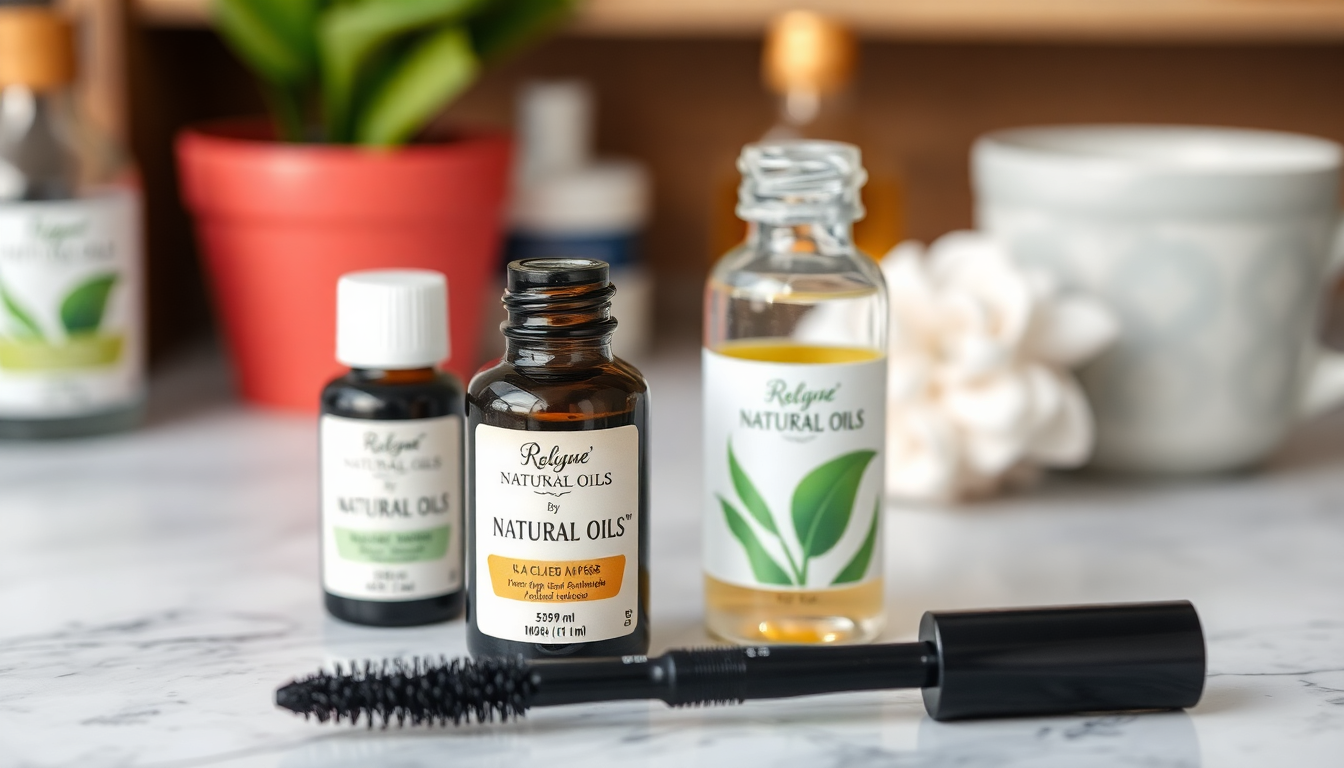Introduction
Brisk walking is more than just a physical activity; it’s a lifestyle that can transform your overall health and well-being. Whether you’re a beginner or an experienced walker, you can see visible results in just one month. In this article, we’ll break down effective techniques to maximize your efforts while providing you with practical tips.
The Benefits of Brisk Walking
Brisk walking offers a multitude of benefits, both physically and mentally. Here are some of the most notable benefits:
- Improved cardiovascular health: Brisk walking stimulates the heart and helps reduce the risk of heart disease.
- Weight Control: By combining regular walking with a balanced diet, you can burn calories and manage your weight effectively.
- Strengthens muscles and bones: This activity works various muscle groups, strengthening the legs, back and even abs.
- Improved Mood: Walking releases endorphins, which are known to have a positive effect on mood and stress management.
- Increased Energy: Regular walking can improve your overall energy levels and reduce fatigue.
Techniques to Optimize Your Practice
To get the most out of your brisk walking experience, here are some techniques to incorporate into your routine:
- Choose the Right Gear: Invest in quality walking shoes that provide good support and adequate cushioning. Comfortable and breathable clothing is also recommended.
- Establish a Walking Schedule: Schedule your walking sessions into your calendar, aiming for at least 30 minutes per day, 4-5 times per week.
- Increase Intensity: Incorporate intervals of brisk walking into your workouts. For example, alternate 1 minute of brisk walking with 2 minutes of moderate walking.
- Vary the Terrain: Walk on varied terrain: grassy paths, stairs, hills, etc. This will work different muscles and make the exercise less monotonous.
- Track Your Progress: Use walking tracking apps or a journal to record your distance, time, and feelings after each session.
Nutritional Advice
A balanced diet is essential to support your walking efforts. Here are some nutritional tips to follow:
- Focus on foods rich in protein: Protein promotes muscle recovery. Eat lean meats, fish, legumes and dairy products.
- Hydrate regularly: Water is crucial, especially before and after your walking sessions. Proper hydration improves your performance and recovery.
- Eat fruits and vegetables: They are rich in vitamins, minerals and antioxidants, which help reduce inflammation and improve your overall health.
- Avoid processed foods: Limit your intake of refined sugars and foods high in saturated fat, which can hurt your energy.
Motivation and Follow-up
Staying motivated is essential to achieving your walking goals. Here are some tips to help you:
- Walk with a friend: Finding a walking partner makes the experience more social and enjoyable.
- Set achievable goals: Set specific, measurable goals, such as walking a certain number of miles per week.
- Celebrate your successes: Whether it’s a small step or a big accomplishment, take time to celebrate your progress.
- Join a walking community: Participating in online groups or forums can provide encouragement and inspiration.
- Listen to music or podcasts: This can make your walking sessions more enjoyable and entertaining.
Integrating Brisk Walking into Your Daily Routine
Incorporating brisk walking into your daily routine can be simple and effective. Here are some tips:
- Use the stairs: Take the stairs instead of the elevator to increase your physical activity.
- Walk during your breaks: Take advantage of your breaks at work to take a short walk and clear your mind.
- Make walking a family time: Organize family outings, such as walks in the park.
- Transform your commute: If possible, walk or cycle to work or school.
Avoiding Common Mistakes
It is important to be aware of common mistakes people make when they first start walking quickly:
- Not warming up: Neglecting to warm up can lead to injury. Take a few minutes to stretch your muscles before you begin.
- Ignore the pain: If you experience persistent pain, it is important to consult a healthcare professional rather than ignoring the problem.
- Lack of variety: Sticking to the same route can get boring. Change your route regularly to stay motivated.
Conclusion
Brisk walking is an effective and accessible method to improve your physical and mental health. By applying these techniques and tips, you can achieve visible results in a month. Remember that the key to success lies in regularity, intensity and motivation. So, get ready, wash your shoes, and go discover the benefits of brisk walking!




Leave a comment
This site is protected by hCaptcha and the hCaptcha Privacy Policy and Terms of Service apply.